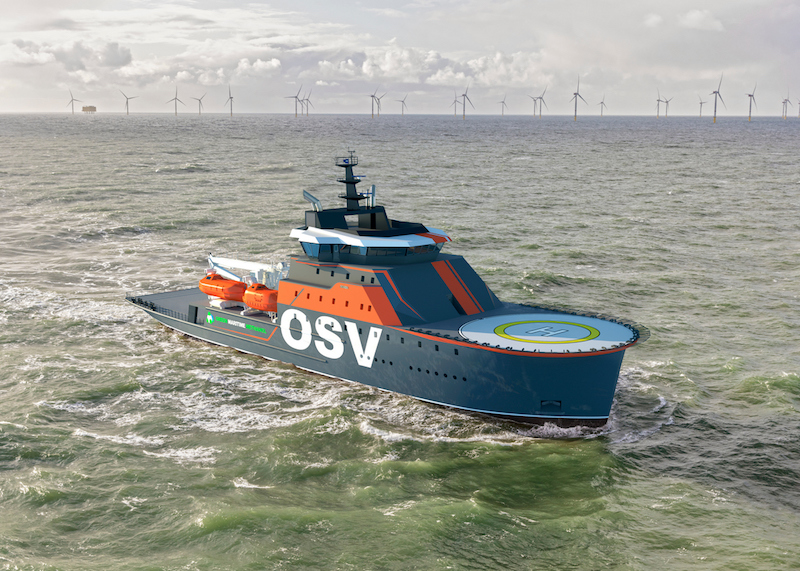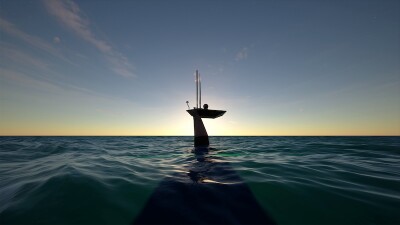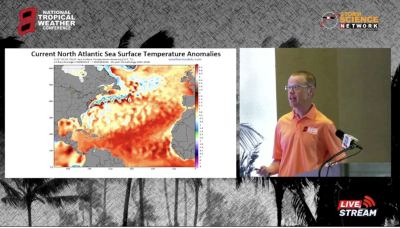Damen has developed a new concept vessel — the offshore support vessel (OSV) 9020. The boat features a stable platform with lots of accommodations, station-keeping capability, low carbon emissions and the flexibility to add mission-specific tools.
“We were approached by several different operators at the same time, all looking for slightly different offshore capabilities, but similar enough that their requirements could be met with a conceptual standard platform,” Damen’s design & proposal engineer Mark Couwenberg said in a statement announcing the new design. “The thinking behind the OSV 9020 is very much in line with the Damen philosophy of shipbuilding in series; it’s a standard product, as a result drawing upon proven technology, that can be tailored to individual requirements via modularisation.”
The vessel has been designed to perform a variety of offshore tasks both at surface level and subsea.
Accommodation is a key feature for the success of any offshore operation. The OSV 9020 provides living space for up to 120 persons on board. Interior design is designed to ensure those on board will quickly feel at home, with lots of possibilities to personalize their stay on board.
“The vessel can be fitted with a moonpool-deployed saturation dive system to allow diving operations at [the] offshore crane, a stern A-frame and an offshore access system. The vessel can also act as a submarine rescue vessel. For this, submarine rescue gear is placed on deck. To ensure suitability for this scope of work, the available vessel accommodation, maneuvering systems and dive support systems are crucial features.”
The vessel is primarily designed to operate on DP. The hull features equally good ahead and astern performance. The vessel profile ensures low wind catch. The four identical azimuthing thrusters are arranged symmetrically: two on the stern and two on the bow, ensuring maximum station-keeping performance while avoiding high noise levels in the accommodations.
In addition, the new layout results in lower maintenance costs, lower fuel consumption and less total installed power. Although the main benefits of the design are seen during station-keeping, the transit performance of the vessel is also very efficient. Speed and fuel consumption are hardly sacrificed by the layout.
A helicopter deck is integrated in the design, further increasing the vessel flexibility.
The diesel generators are supported by a battery pack. The electric system is designed to operate safely with closed bus-ties, making it safely possible to have less engines running, resulting in reduction of fuel oil consumption and harmful emissions with up to 20% and less maintenance.
Also with clean, sustainable operations in mind, the vessel is fitted with a hybrid power generation system, resulting in low emissions.
However, the vessel can optionally be delivered to operate on green methanol, produced from biological waste streams. This allows reduction of well-to-propeller CO2 emissions by approximately 70%. In addition to the ease of bunkering offered by green methanol at most ports in the world, it is easy to handle safely on board and is cost-efficient. Additionally methanol sacrifices very little design capacity so that the vessel does not need to be larger to achieve similar endurance.





